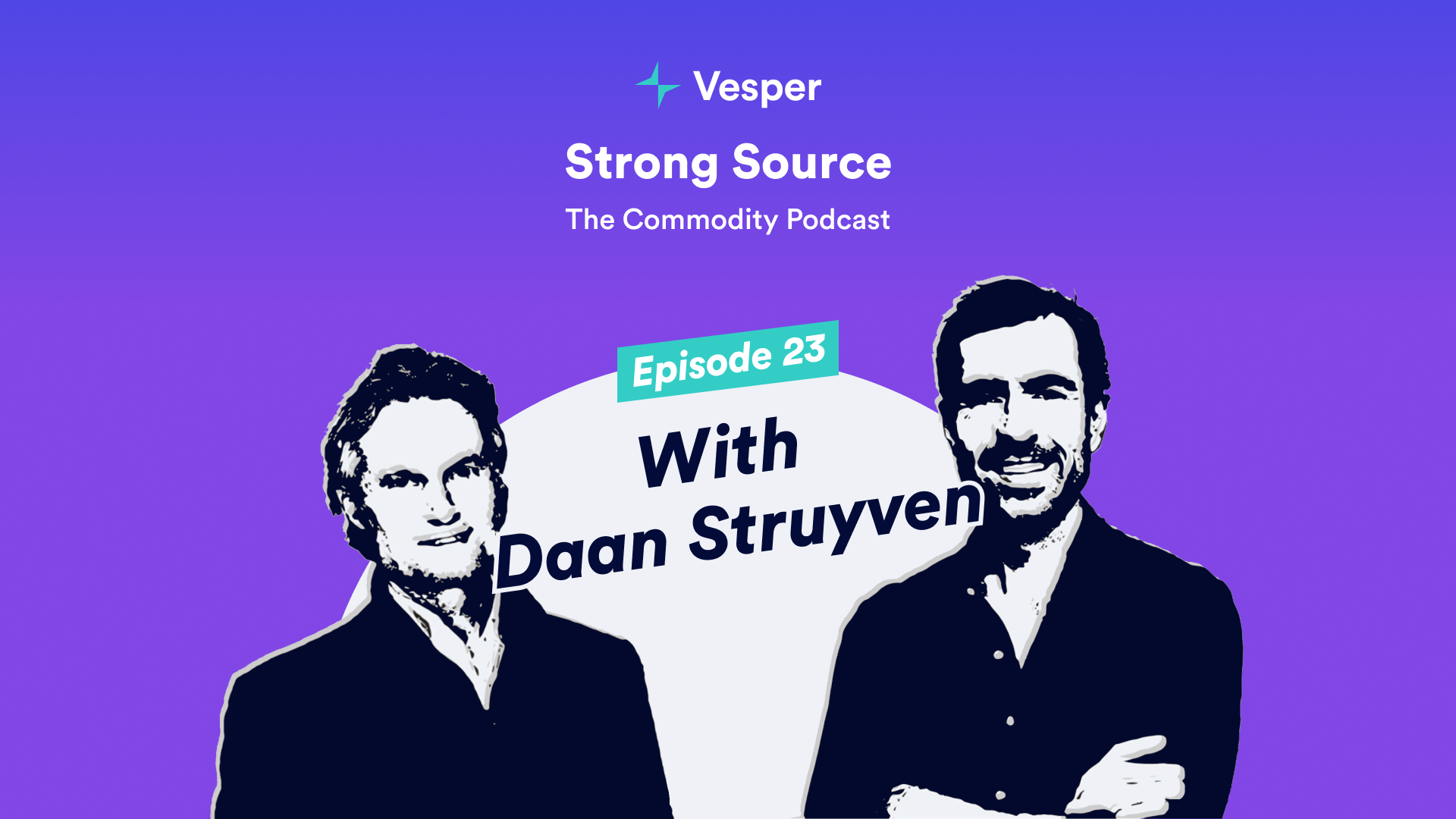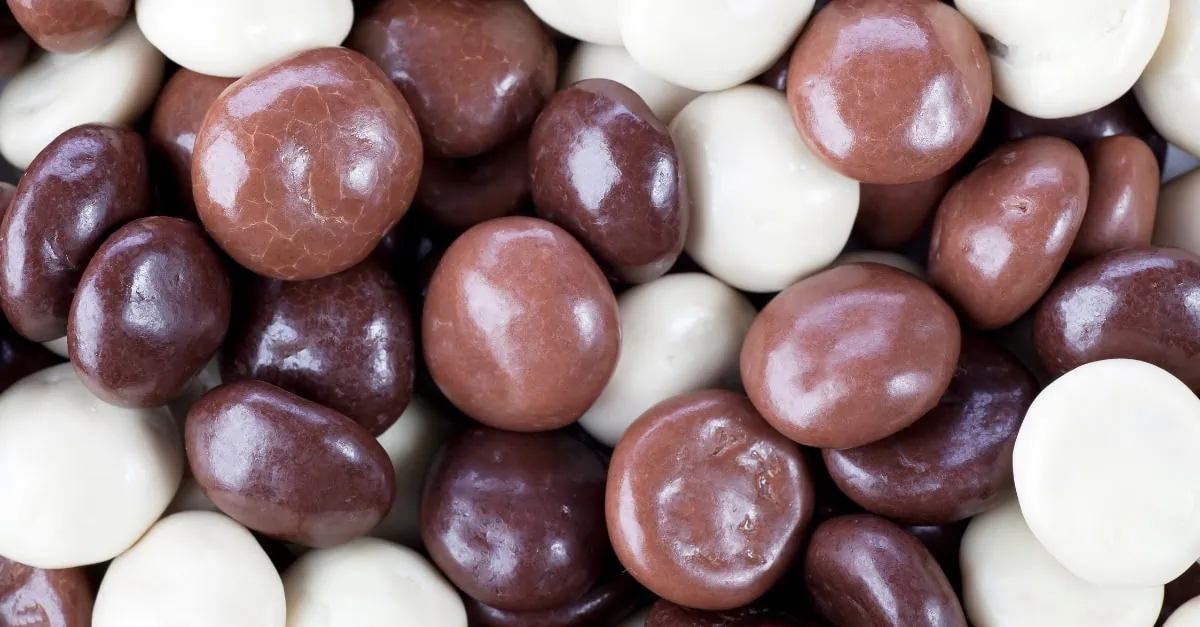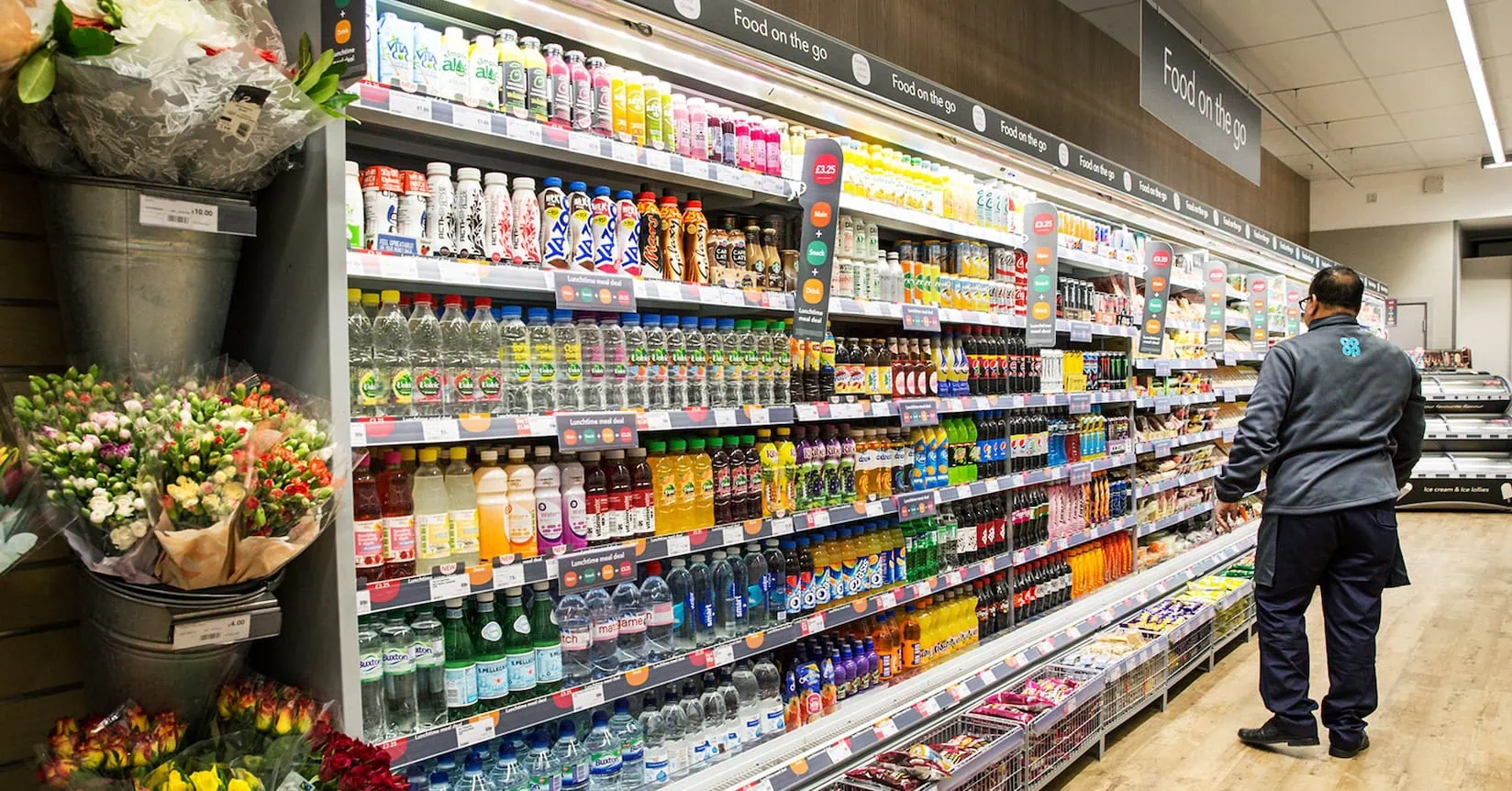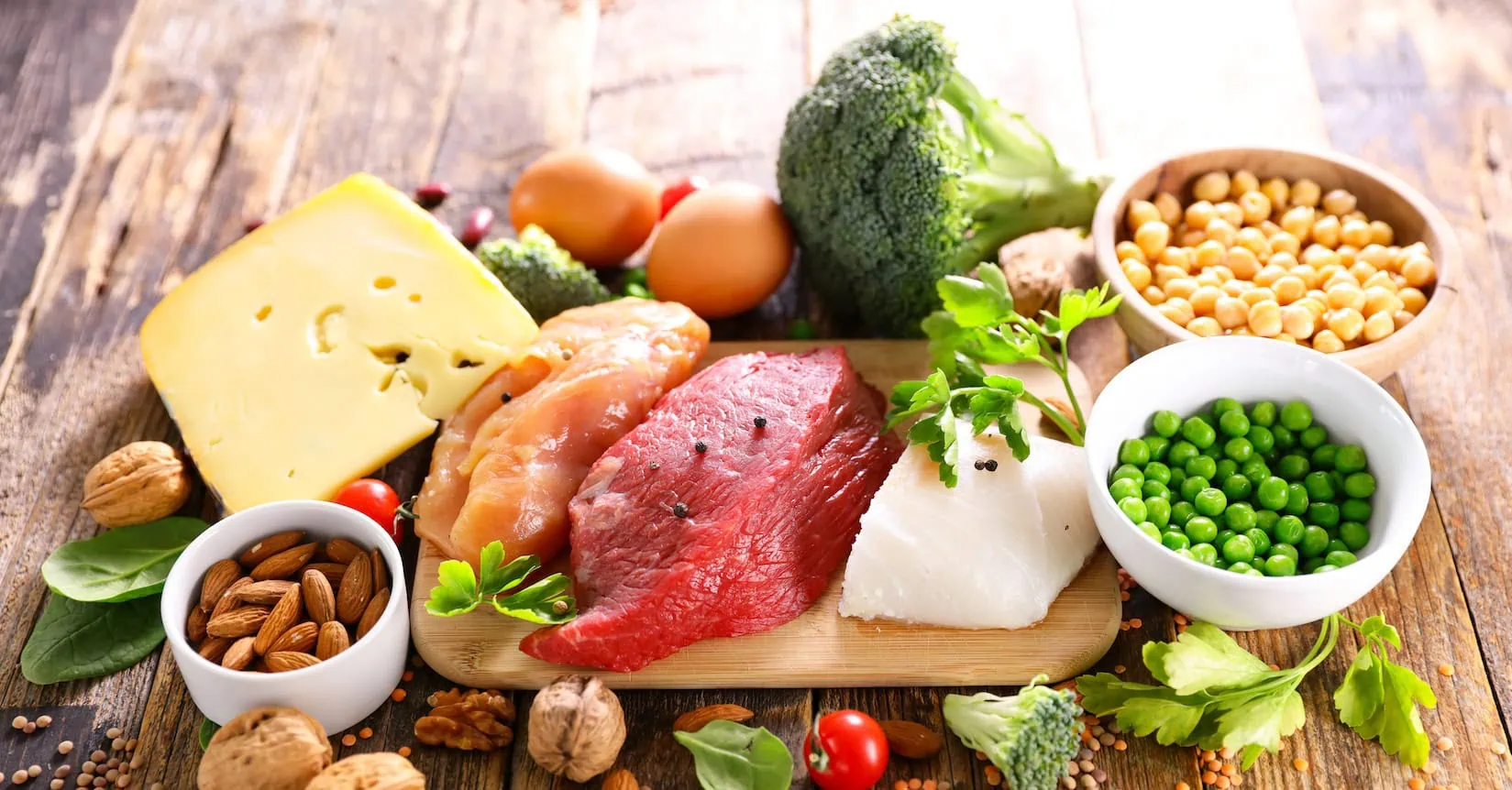In this episode of The Strong Source, we sat down with Daan Struyven, Co-Head of Commodities Research at Goldman Sachs, to explore how global markets digest the future of commodities — from oil and gas to gold and renewables.
At Vesper, we focus on soft commodities — dairy, oils & fats, sugar — but Daan’s expertise on the macro forces shaping commodity markets provides vital context for procurement professionals navigating today’s volatile landscape.
Whether you’re forecasting dairy prices or watching palm oil trends, understanding the broader economic levers at play (like energy prices, inflation, or geopolitical shocks) is essential. Here are 5 highlights from our conversation with Daan that provide actionable insights.
Why are central banks dramatically increasing their gold reserves?
It’s largely about risk mitigation. Following the freezing of Russia’s foreign reserves in 2022, central banks — especially in emerging markets — began reallocating from U.S. Treasuries to gold. Physical gold held in secure domestic reserves can’t be sanctioned or seized as easily. This structural trend has significantly contributed to the 28% year-to-date rally in gold prices.
With climate targets and EV adoption, how long will oil dominate?
Oil demand is likely to grow until around 2030–2034, with a long plateau to follow. Some segments like road transport are transitioning faster — think EVs in China — but others like jet fuel and petrochemicals still lack affordable alternatives. Oil isn’t disappearing anytime soon.
Would peace in Ukraine ease commodity prices across the board?
Not necessarily. The biggest impact would be on European natural gas prices, which could drop by 50% if Russian supply is restored. Other markets like oil and metals have already rerouted supply chains. So while there might be marginal price dips in oil, the global impact outside of natural gas would be more muted.
What impact does AI have on commodities?
AI is expected to boost electricity demand, especially in the U.S., where data center growth is outpacing GDP. That’s bullish for natural gas and regional power markets. But on the supply side, AI could also lower production costs through better logistics and resource optimization.
How does Goldman structure commodity insights from clients and markets?
We combine high-frequency data, structured models, and feedback loops with clients. But most important is a transparent pricing framework — one that clients can adapt based on their own assumptions. Forecasts are useful, but understanding the mechanics behind them is even more valuable.
Listen to the full episode to hear more about Daan Struyven’s insights into emerging commodity trends:
What is the Strong Source Podcast?
Our mission with the Strong Source podcast is to educate and inform, by creating a community where experts and guests from the entire commodity industry can share their unique perspectives. Martijn Bron, ex-cacao trader, and Alexander Sterk, ex-dairy trader and founder of Vesper, have a deep-passion for this industry, which inspired



